
Saybrook University: A History
The story of Saybrook University is one deeply rooted in the founding and development of humanistic psychology itself. As we celebrate our 50th anniversary, we take a moment to look back at our history and how it has shaped us into the institution we are proud to be today.
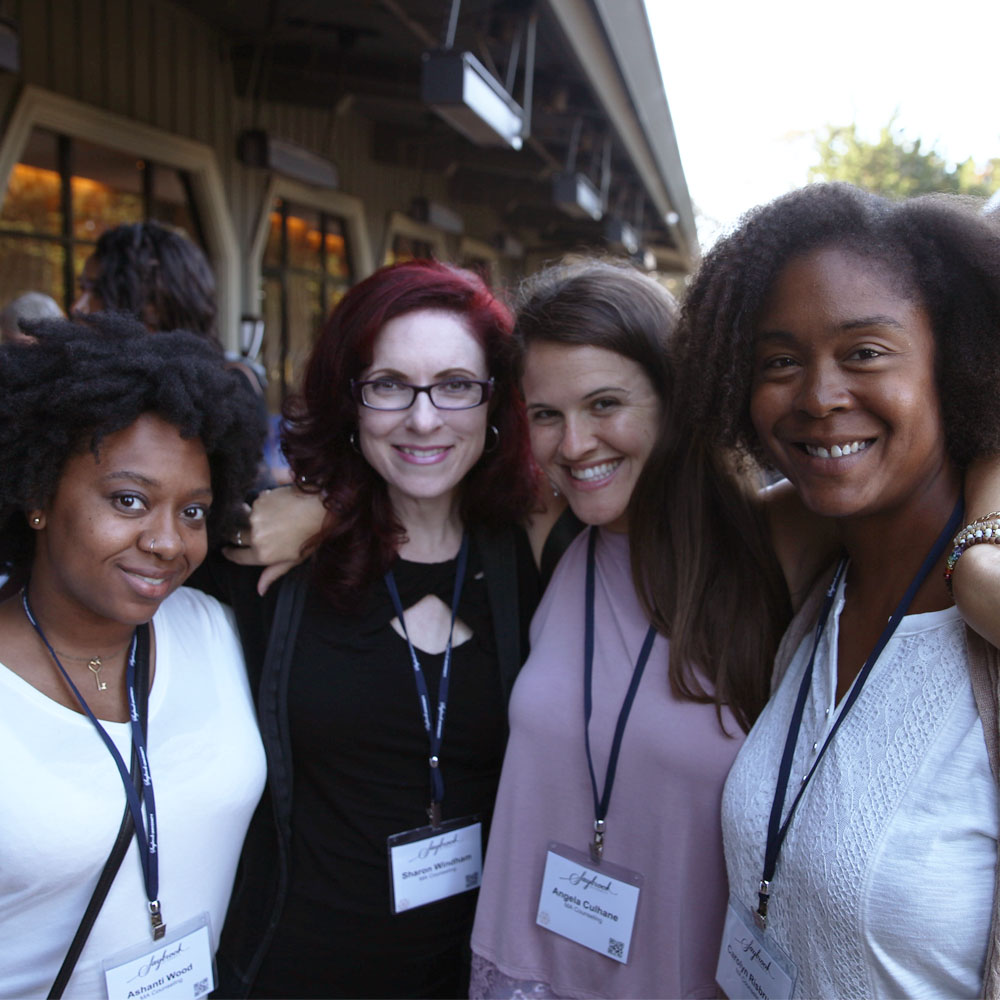
Today we are looking back in reaffirmation of the principles of humanistic psychology, but more importantly, we are looking forward to the relevance of humanism in the decades ahead when, we believe, the understanding of human values and aspirations will become increasingly crucial for our survival and the meaning of all our lives." —Rollo May, Ph.D., 1982

The Roots of Humanistic Psychology
The concept of a humanistic education program was first introduced at the Old Saybrook Conference in 1964, a gathering sponsored by the American Association for Humanistic Psychology (later known simply as the Association for Humanistic Psychology). The purpose of this meeting was to bring academics together and further develop the field of humanistic psychology. In attendance were some of the most influential voices in the field, including:
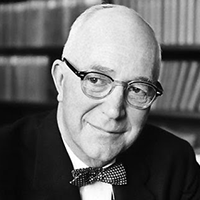
Gordon Allport
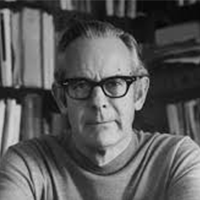
Rollo May

Clark Moustakas
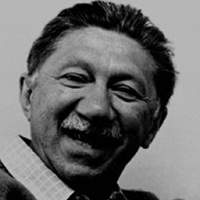
Abraham Maslow
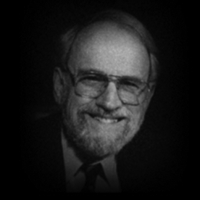
James Bugental
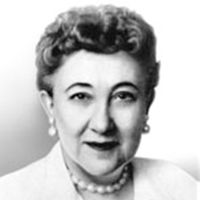
Charlotte Buhler
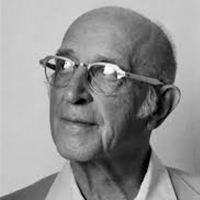
Carl Rogers
As a result of ideas brought forth at this conference, the Humanistic Psychology Institute was born.
The Tenets of Humanistic Psychology
Saybrook University is the result of many years of development in the field of humanistic psychology, a field with core beliefs that inform our philosophies as a learning community.
Humanistic psychologists:
- Appreciate and value the worth and dignity of the individual in all societal and environmental contexts
- Appreciate and encourage the actualization of a person as a whole human being: mind, body, spirit
- Embrace person-centered education and endeavors
- Encourage self-direction and self-regulation
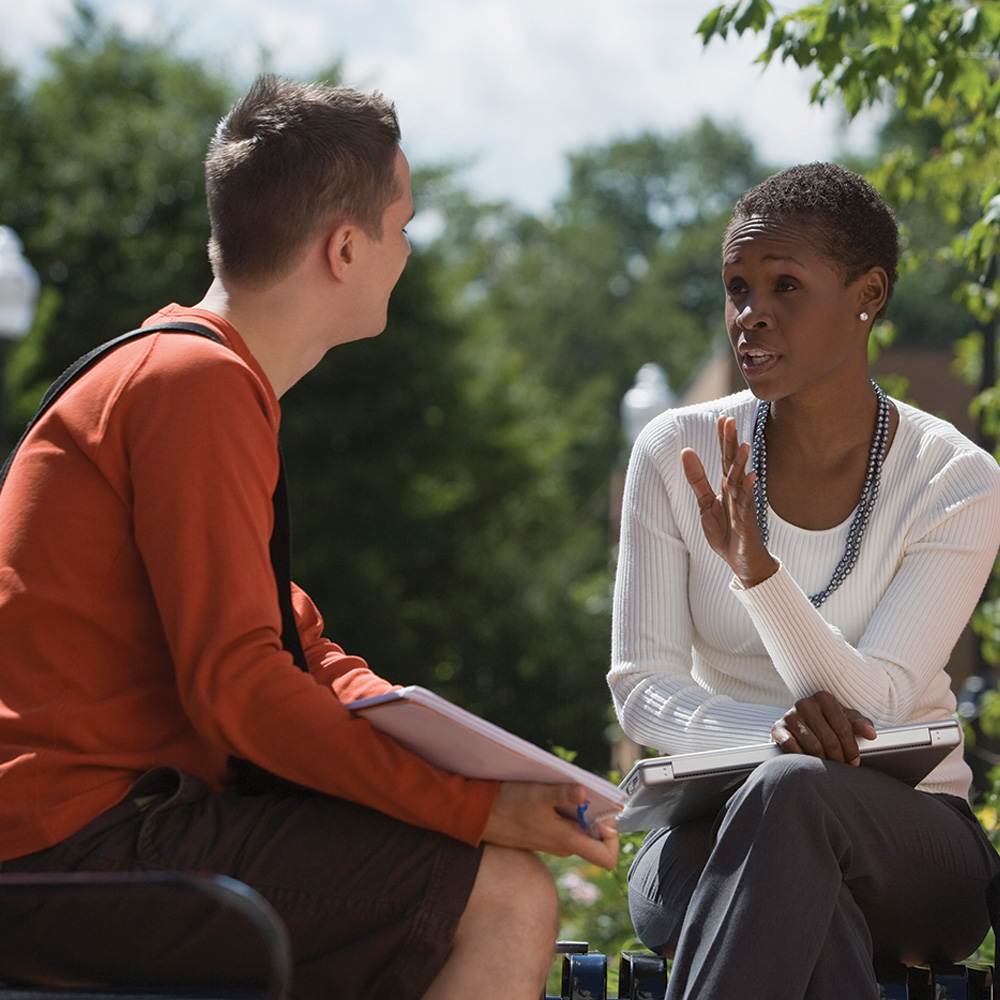

Humanistic psychologists:
- Appreciate and value the worth and dignity of the individual in all societal and environmental contexts
- Appreciate and encourage the actualization of a person as a whole human being: mind, body, spirit
- Embrace person-centered education and endeavors
- Encourage self-direction and self-regulation
From the Humanistic Psychology Institute to Saybrook University: Our Timeline
-
Eleanor Criswell, Ed.D., Rollo May, Ph.D., Clark Moustakas, Ed.D., Ph.D., and James Bugental, Ph.D., establish the Humanistic Psychology Institute at Sonoma State University. Dr. Criswell becomes the founding director.
-
The Humanistic Psychology Institute becomes independent from Sonoma State University. Donald Polkinghorne, Ph.D., is named the first president.
-
Enrollment at the Humanistic Psychology Institute reaches 150 students, including students from 28 states and five countries.
-
The Humanistic Psychology Institute becomes a candidate for accreditation from the Western Association of Schools and Colleges Senior College and University Commission (WSCUC).
-
The Humanistic Psychology Institute is renamed Saybrook Institute to honor the Old Saybrook Conference and the pioneers of humanistic psychology.
-
WSCUC grants Saybrook Institute accreditation.
-
Dr. Polkinghorne ends his tenure as president. Jules Pagano, Ph.D., assumes the role as the second president of Saybrook Institute.
-
Dr. Rudy Melone becomes the third president of Saybrook Institute.
-
Bruce Francis, Ph.D., becomes the fourth president of Saybrook Institute.
-
Dr. Gerald Bush becomes the fifth president of Saybrook Institute.
-
Maureen O’Hara, Ph.D., becomes the sixth president of Saybrook Institute. Under her administration, the institution officially changes its name to Saybrook Graduate School and Research Center.
As Saybrook gains recognition for its unique educational model, enrollment grows to nearly 300 students, doubling its original enrollment numbers. By 2005, nearly 500 students are enrolled.
-
Lorne Buchman, Ph.D., becomes the seventh president of Saybrook Graduate School and Research Center.
-
The institution officially changes its name to Saybrook University, continuing to embody the soul of humanistic psychology. At this time, it also begins branching out to offer programs in additional disciplines that align with humanistic principles, including its Mind-Body Medicine programs, expanding the humanistic footprint to holistic health.
-
Mark Schulman, Ph.D., becomes the eighth president of Saybrook University.
-
Saybrook University joins nonprofit TCS Education System, further expanding its reach, resources, and collaborative opportunities with other like-minded colleges and universities.
-
Nathan Long, Ed.D., becomes the ninth president of Saybrook University. The university also reorganizes from a school to a college structure, housing integrative health programs in the College of Integrative Medicine and Health Sciences and behavioral health and social sciences programs in the College of Social Sciences.
-
The Saybrook University Board of Trustees announces a renewed vision, Saybrook 2020, edifying Saybrook’s place in the world and enhancing its ability to deliver a truly progressive graduate education.
Two colleges of study are officially established at Saybrook University: the College of Social Sciences and the College of Integrative Medicine and Health Sciences.
-
WSCUC reaffirms Saybrook University’s accreditation for eight years. Saybrook’s counseling program achieves initial accreditation of eight years, the maximum possible for a new counseling program in the field.
-
Saybrook University moves its headquarters from Oakland, California, to Pasadena, California.
-
The university welcomes one of its largest incoming fall classes and achieves the largest overall enrollment in institutional history. Saybrook also launches humanistic MBA and DBA programs along with a Ph.D. in Integrative Social Work.
Saybrook University Today
Although Saybrook has expanded its program offerings and areas of study, it remains dedicated to the humanistic tradition to this day. Humanistic ideas have informed the progressive education it has offered since 1971, and it continues to empower its students and graduates to work for positive change in the world today.
800+ students
200 faculty members
19 degree programs from
10 distinct disciplines
4,000+
alumni
Students and alumni hail from
35 countries
Current Saybrook faculty
have been published
1,200+ times
in academic and professional journals.
Saybrook students, faculty, and
staff have contributed more than
40,000 hours
of community service.
